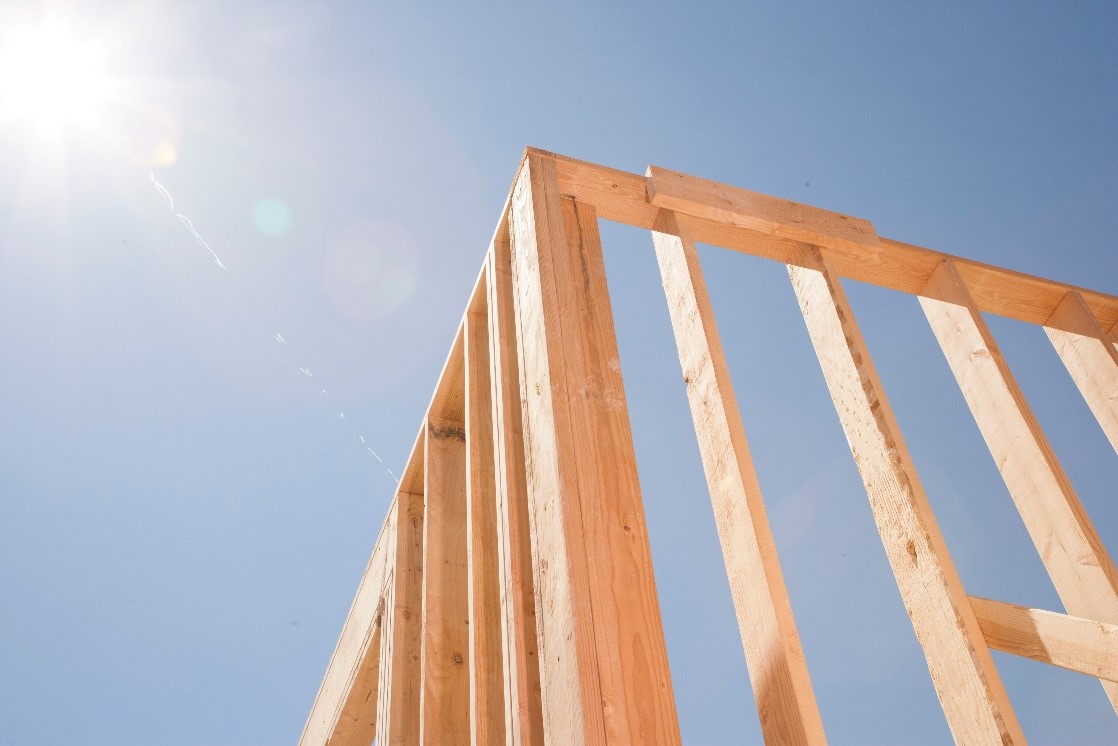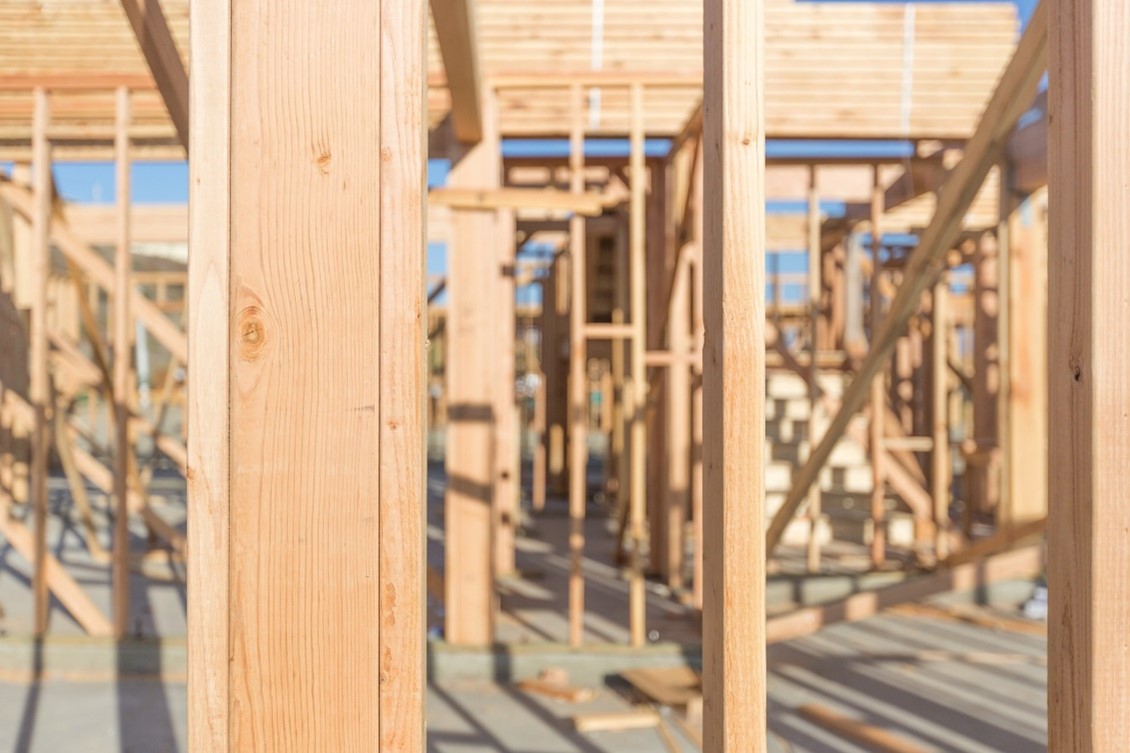
Erik Brogan of Minnesota is a seasoned contractor and business owner who understands that within this ever-evolving industry, innovation is the heartbeat that propels the industry forward. In the following article, Erik Brogan unravels the intricacies of modern woodworking techniques and technologies. From sustainable practices to cutting-edge materials, illuminating the path where craftsmanship meets innovation.
The construction industry is constantly evolving, with new technologies and techniques being developed to improve efficiency and sustainability. One area that has seen significant innovation is woodworking. Traditionally, wood has been a popular material for constructing buildings due to its strength and versatility. However, with advancements in modern woodworking techniques and technologies, wood is now an even more viable option for construction projects.
Erik Brogan of Minnesota explores below some of the latest innovations in woodworking and how they are transforming the construction industry.
Erik Brogan Describes Prefabrication and Modular Construction
Prefabrication and modular construction techniques have been around for many years, but recent advancements in technology have made them more efficient and cost-effective. These methods involve constructing parts of a building off-site in a controlled environment, and then assembling them on-site.
With the use of computer-aided design (CAD) software, prefabricated wooden components can now be precisely cut and assembled with minimal waste. This not only speeds up the construction process but also reduces the amount of material needed, making it more environmentally friendly.
Moreover, Erik Brogan of Minnesota says that modular construction allows for greater flexibility and customization in building design. By incorporating prefabricated wooden modules, buildings can easily be expanded or reconfigured as needed.
Mass Timber Construction
Mass timber construction is another modern woodworking technique that is gaining popularity in the construction industry. It involves using large panels of wood, such as cross-laminated timber (CLT) or glued laminated timber (glulam) to create load-bearing structures.
These mass timber components are incredibly strong and can be used to construct buildings of significant height. They also have excellent fire resistance, making them a safe alternative to traditional steel and concrete construction.
In addition to its structural advantages, mass timber is also more sustainable than other building materials. Wood is a renewable resource that can be grown and harvested responsibly, making it a greener option for construction.
 Advanced Joinery Techniques
Advanced Joinery Techniques
Joinery techniques have come a long way from the traditional methods of hammer and nails. Modern woodworking technology now allows for advanced joinery techniques that provide stronger and more durable connections between wooden components.
One example is finger jointing, where smaller pieces of wood are joined together using interlocking fingers. Erik Brogan of Minnesota explains that this creates a stronger bond than traditional butt joints and reduces the amount of waste material.
Another technique is the use of computer numerical control (CNC) machines to create complex joinery, such as dovetail or mortise and tenon joints. These precision cuts not only improve the structural integrity of wooden components but also add an aesthetic appeal to the finished product.
Digital Design and Fabrication
The use of digital design and fabrication in woodworking has revolutionized the construction industry. With the help of CAD software, architects and designers can create intricate 3D models of buildings that can then be translated into precise instructions for CNC machines to follow.
This level of precision not only ensures a high-quality finished product but also reduces errors and waste during the construction process. CNC machines can also carve and shape wood with incredible accuracy, allowing for more complex and unique designs to be incorporated into buildings.
 Sustainable Wood Treatments
Sustainable Wood Treatments
Wood has long been a popular building material due to its natural beauty and strength. However, it is susceptible to damage from pests and rot if not properly treated. In the past, chemical treatments were used to protect wood, but these were not always environmentally friendly.
Erik Brogan of Minnesota notes today, there are sustainable wood treatment options available that use natural ingredients like borates and plant-based oils. These treatments not only protect the wood from pests and decay but also help to preserve its natural look and feel.
3D Printing with Wood
3D printing has been making waves in various industries, and woodworking is no exception. With the development of wood-based filaments, 3D printers can now create objects using real wood fibers.
This technology opens up a whole new world of possibilities for wooden construction projects. Complex and intricate designs that were once impossible to achieve by traditional means can now be created with ease using 3D printing.
Future Possibilities
Erik Brogan explains that the innovations in modern woodworking techniques and technologies are constantly evolving, and the possibilities for their use in construction seem endless.
One area that is gaining traction is the use of cross-laminated timber (CLT) to construct high-rise buildings. This could revolutionize the construction industry by providing a sustainable alternative to traditional steel and concrete skyscrapers.
Another possibility is the incorporation of artificial intelligence (AI) in woodworking, allowing for even more precise and efficient construction processes.
With these advancements, it is clear that wood will continue to play a significant role in the future of construction. By embracing modern woodworking techniques, we can create buildings that are not only sturdy and functional but also sustainable and aesthetically pleasing. The possibilities are endless, and we look forward to seeing how these innovations will continue to transform the industry.
Therefore, it is essential for construction professionals to stay updated on the latest advancements in woodworking to stay ahead of the curve and deliver top-quality projects. Erik Brogan says that with continued research and development, we can expect even more exciting developments in modern woodworking that will shape the future of construction.
Conclusion
Modern woodworking techniques have transformed the construction industry by providing more sustainable and efficient alternatives to traditional building materials. From mass timber construction to 3D printing, these innovations are constantly pushing the boundaries of what is possible in construction.
It is crucial for professionals in the industry to stay updated on these advancements and incorporate them into their projects to create stronger, greener, and more aesthetically pleasing structures. By embracing modern woodworking, we can build a better future for ourselves and the environment. So, let’s continue to push the boundaries of what is possible with wood and create a more sustainable and beautiful world for generations to come.


